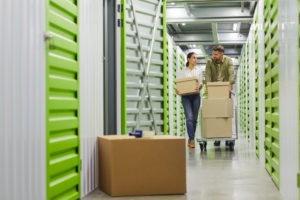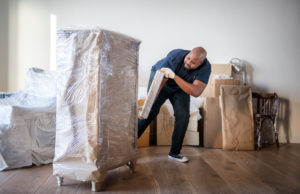Are you getting ready to downsize into a condo? Alternatively, maybe you’re planning to renovate your living room and need somewhere to put all your furniture. Storage units are great ways to keep your things safe and in a convenient location. They come in a wide range of sizes and can be helpful in all sorts of situations. However, there are a few factors you should consider when getting ready to use one.
The Size and Type of Unit
Depending on what you are storing you might be able to roughly measure out how much space you need. For example, a five-foot-long sofa would need a unit that’s six feet wide or larger so it can fit through the door and lay flat on the floor. Make an inventory list of items you will be storing and buy bins when appropriate, stacking them as you go to see how they will fit in a unit. You can also decide if you would prefer a climate-controlled unit if you are storing more temperature-sensitive items.
Location, Location, Location
Depending on why you are renting a storage unit will help you decide how close it should be to you. City locations can be more costly due to the limited space, but ultimately more convenient. If you are moving, you might want to choose a unit closer to your new address so you don’t have to drive as far.
Security and Accessibility
Storage units typically have 24-hour camera surveillance and allow you to access your unit after hours if needed. Check for other features, such as bright lighting and pin pads or locked doors, which provide an extra layer of security. Ask staffing-related questions, such as whether they are available to help move your things and when they are on the premises.
Online Reviews
Often, the most telltale sign of the customer service you can expect from a business comes from honest reviews. Go through the ones listed on Google and see what people are saying. They’ll share details and experiences the storage unit owner might not be willing to.
Payment Policies
Estimate how long you will need your storage unit. Many facilities offer discounted rates for longer rental periods, but if you move your things out sooner you could be stuck paying because of your contract. Note any pricing variabilities and ask about payment options.
At Ottawa Moving Logistics, we have storage solutions to meet your needs. Whether you require assistance with moving items out or securely storing them away, we can help you get organized! Contact us for more information.










